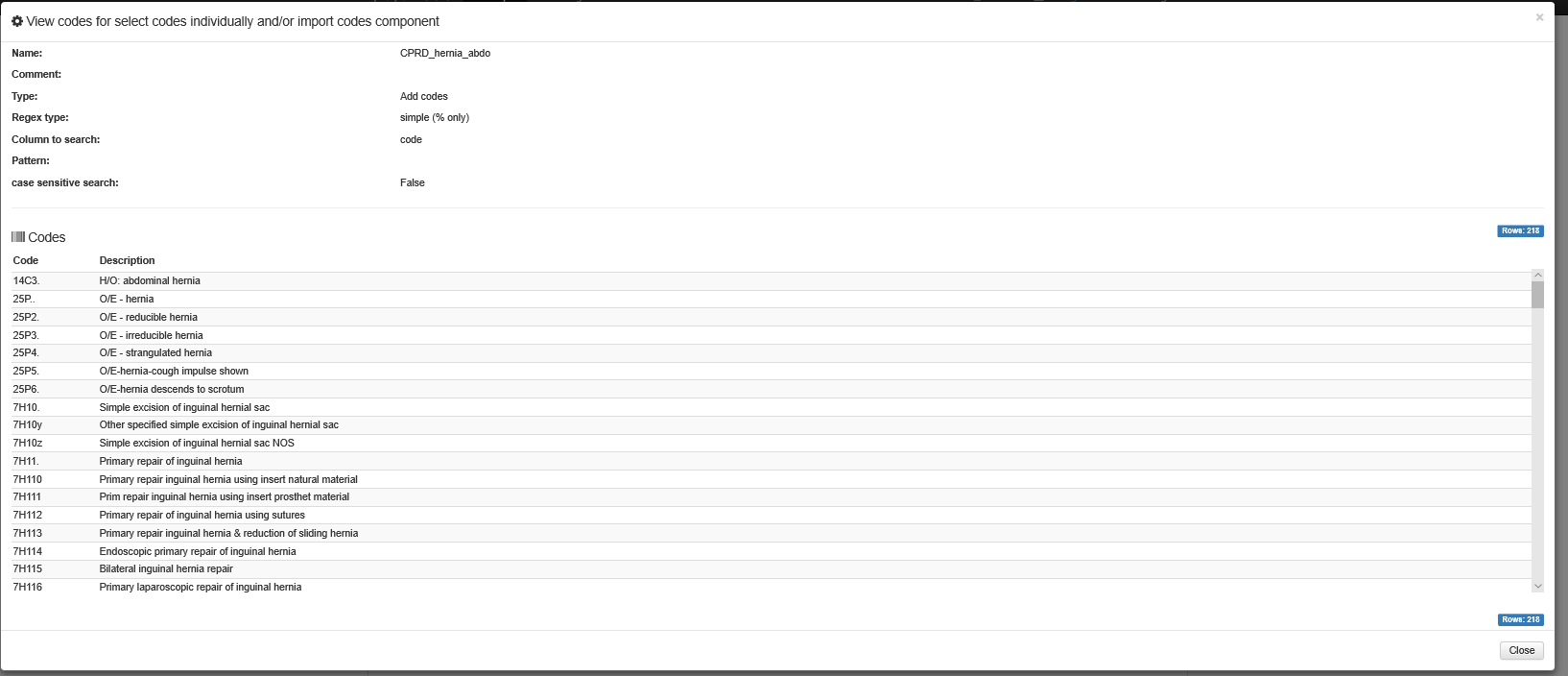The Phenotype.ID website (https://phenotype.id/) is also known as the HDR UK CALIBER Phenotype Portal and is a comprehensive, open-access resource providing the research community with information, tools and phenotyping algorithms for UK electronic health records data.
The portal contains 323 rule-based phenotyping contains phenotyping algorithms based on national structured UK EHR data sources:
...
Within the portal, there are 200+ hundreds of syndromes/diseases listed along with specific data such as Primary Care codes and Secondary Care codes used for the condition, Publication and Implementation information and general Metadata details such as Author. (https://phenotype.id/disease-or-syndrome). Each of these diseases has been loaded into the Concept Library as a Working Set with the Primary Care and Secondary Code lists associated with the condition each being created as a concept linked to the working set. These Working Sets and Concepts are updated on a regular basis from the Phenotype.ID website and cannot be amended within the concept library. However they can be exported out of the library for use as well as Forked copies created.
...
The concepts that make up this working set are Primary Care and Secondary Care codes for Abdominal Hernia. Looking at the Primary Care Concept as an example, the coding system is referenced and then looking at the codes, the codes on the website are listed.
Note: Concept library SAIL primary care data only holds 5 digit Read CV2 codes, while Phenotype.ID often has seven digit codes. so the codes have been loaded as such 14C3.00 loaded as 14C3. with the last 2 digits dropped. In addition where the last 2 digits are not 00 it is understood that these codes are alternative names for the code ending 00 and as such these codes have not been added (as would result in duplication of codes). If multiple 7 digit codes start with the same five digits in a concept, this code is only included once.
The extra two digits describe synonyms (different descriptions of the same underlying coded concept), so in theory, using just the first five digits should be equivalent–with the caveat that this all depends on how GPs are actually using these codes in practice.


